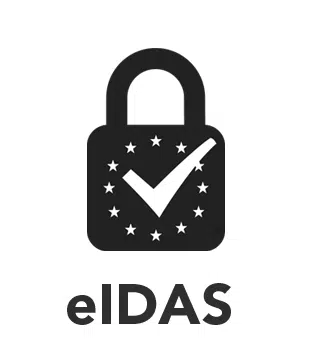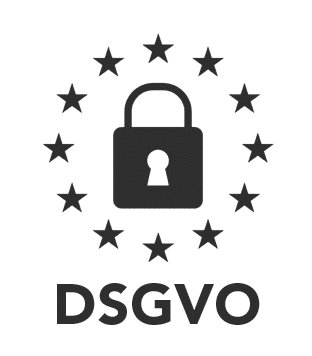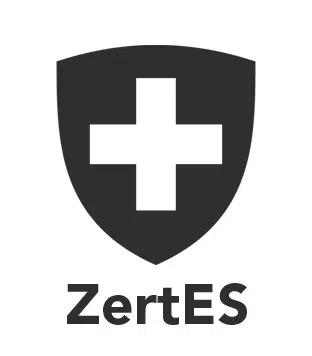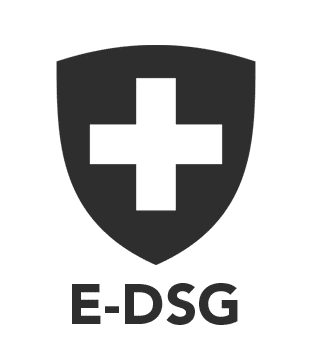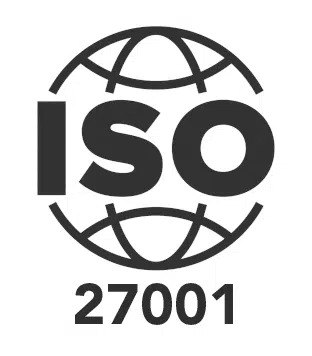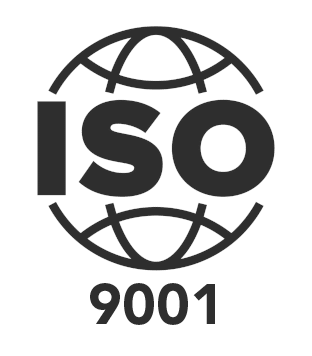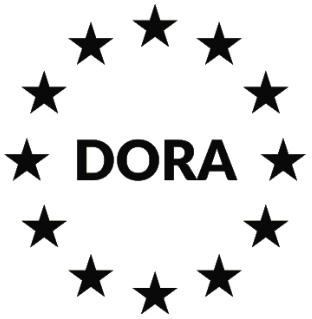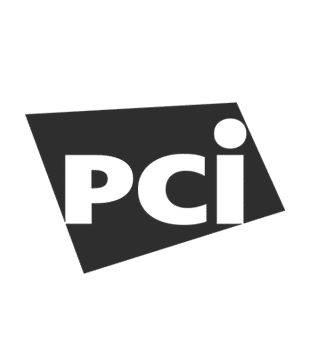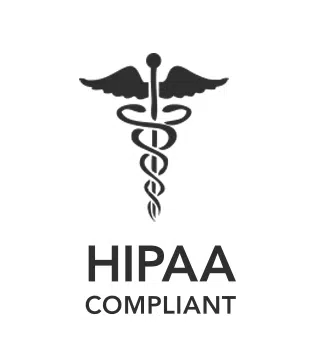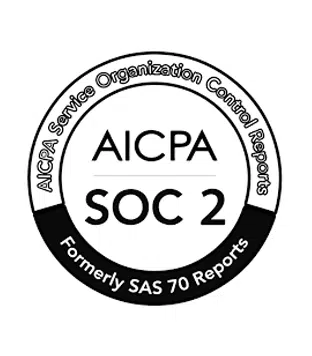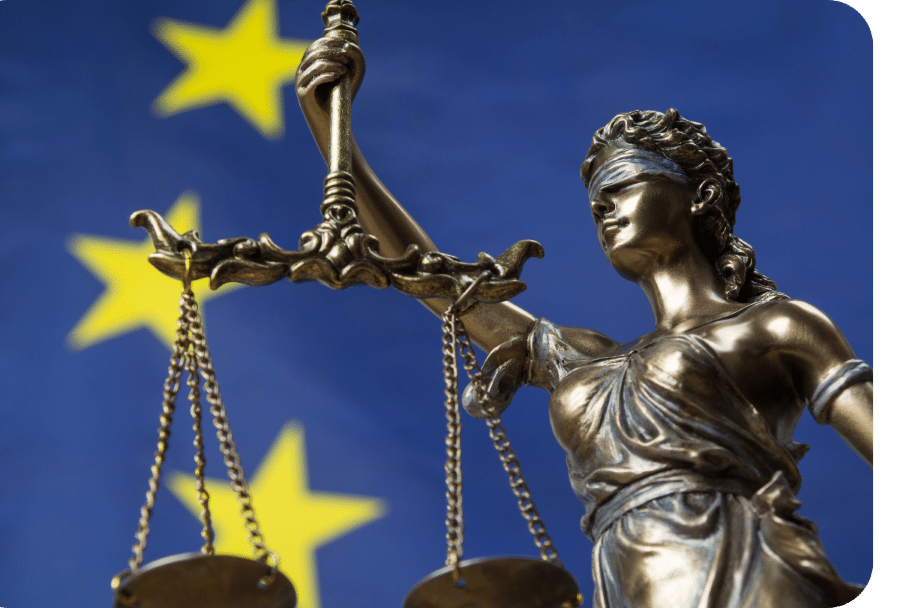
The eIDAS Regulation.
The authoritative legal basis regarding
eSignature for the European Union.
The authoritative legal basis regarding eSignature for the European Union.
What is the eIDAS Regulation?
The 52 articles of the eIDAS Regulation replace the previously applicable Directive 1999/93/EC. Although this had established a regulation on electronic signatures, it was not sufficient to represent a comprehensive cross-border framework for secure, trustworthy and easy-to-use electronic transactions. The eIDAS Regulation now on the table strengthens and extends the legal provisions of that original directive.
The eIDAS Regulation: content, objectives, advantages
The eIDAS Regulation literally regulates the use of electronic signatures for the first time in the EU and creates comprehensive legal certainty. The eIDAS Regulation is thus also the fundamental piece of legislation for electronic signatures, which today are used privately by individuals, by public authorities and by companies in internal and external signature processes. With the regulation, the EU has clearly clarified the status of digital signatures compared with handwritten signatures: no signature may be rejected simply because it has been set electronically. According to the European Commission, the eIDAS Regulation creates a predictable regulatory environment for electronic signatures between private individuals, companies and public authorities.
Advantages of the eIDAS Regulation are:
- legal certainty through a uniform legal framework for all member states
- enabling of remote digital signatures also with mobile devices
- transparency and standardization of trust service providers
- reduction of time-consuming administrative processes

Signature types according to the eIDAS Regulation
There is no such thing as the one and only electronic signature. Similarly, the eIDAS Regulation does not contain any general rules on the type of electronic signature to be used for corporate, commercial or financial transactions. The eIDAS Regulation rather distinguishes between three categories of electronic signatures, which differ in terms of their quality and thus their legally binding nature:
Standard electronic signature
The simplest form of an electronic signature signature is described by the legislator as “data in electronic form that is attached to or logically associated with other electronic data and that the signatory uses to sign.” In concrete terms, this means that, for example, even a document signed by hand, scanned and thus digitized, has a simple electronic signature. This is because it is the electronic equivalent of a handwritten signature, with which the signatory expresses his or her agreement with the contents of the document in question. This form of electronic signature has a low level of security.
Advanced electronic signature
The requirements for the advanced signature, as described in Article 26 of the eIDAS Regulation, go beyond this. This substantial form of electronic signature is uniquely associated with a signatory, because it ensures that the signatory can be identified. At the same time, it must be ensured that the content of a signed document cannot be subsequently changed without this becoming immediately apparent, which would render the document invalid. In summary, the advanced electronic signature both ensures the integrity of the document and proves the authenticity of the signatory beyond doubt.
Qualified electronic signature
1. The existence of a digital identity, as can be obtained in various identification procedures by private-sector and government providers.
2. A qualified certificate from a state-approved trust service provider, a so-called trust center, whichs confers the signed document its unique legal status.
eIDAS Regulation: Trust Service Providers
The eIDAS Regulation therefore formulates a precise catalog of requirements for trust service providers in Chapter III. They ensure digital identity and are responsible for digital certificates and signatures. Only trust service providers that meet the requirements listed from Article 13 onward are considered qualified. Qualified, and thus state-recognized, trust centers are, for example, A-Trust, D-Trust or Swisscom Trust Services.
Qualified trust centers trigger legally secure qualified signatures by issuing electronic certificates. In Article 24, para. 1, the eIDAS Regulation formulates this core element for the issuance of qualified electronic signatures: “When issuing a qualified certificate for a trust service, the qualified trust service provider shall verify, by appropriate means and in accordance with the relevant national law, the identity and, where applicable, the specific attributes of the natural or legal person to whom the qualified certificate is issued.”
Tasks of trust service providers according to the eIDAS Regulation:
- issuance of qualified certificates for electronic signatures
- electronic time stamps
- validation of electronic signatures
- archiving of electronic signatures
The entire eIDAS Regulation with its 52 articles can be found here.
More resources.
The digital signature
eSignature, digital signature, electronic signature:
what’s behind it.
